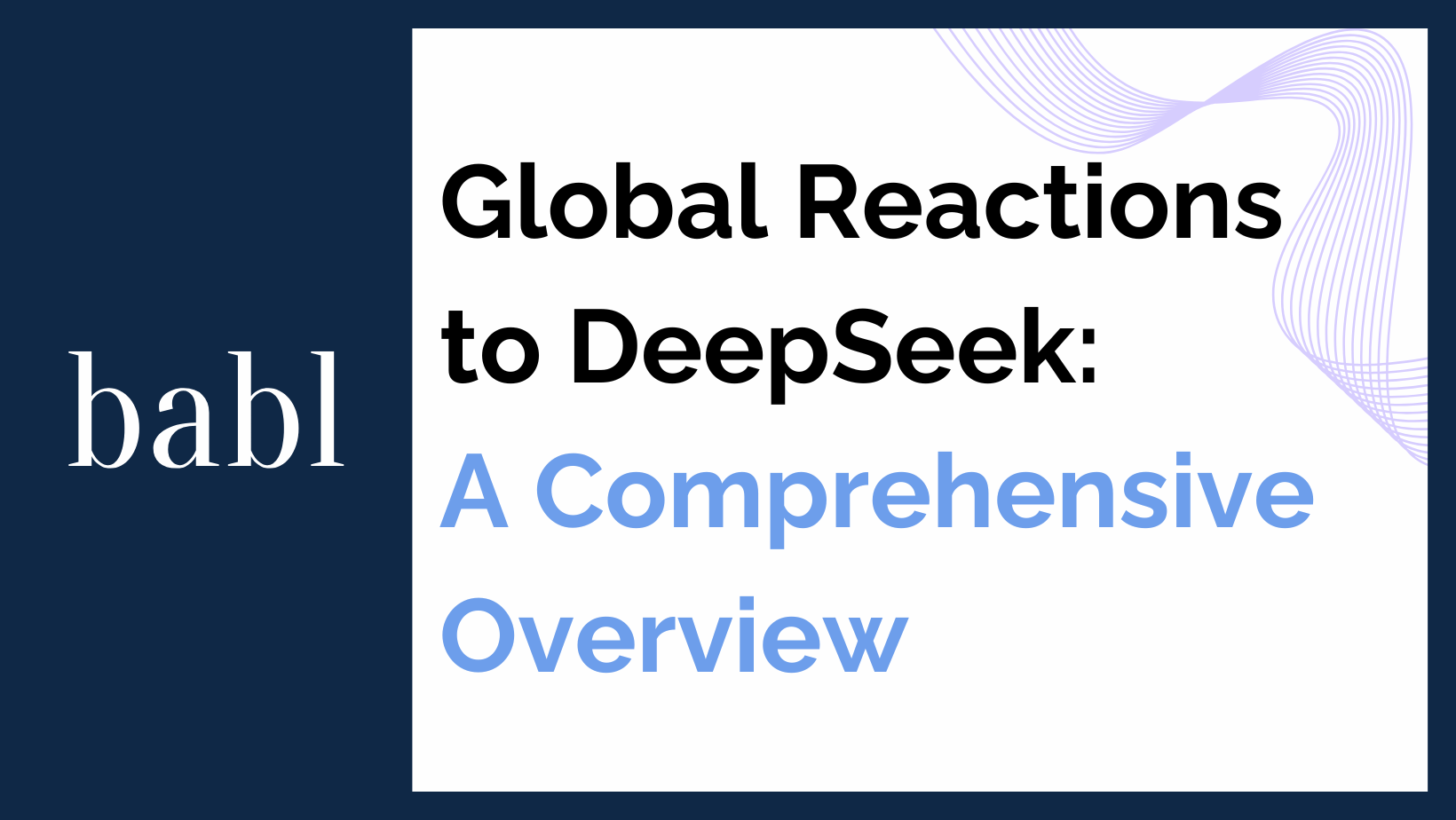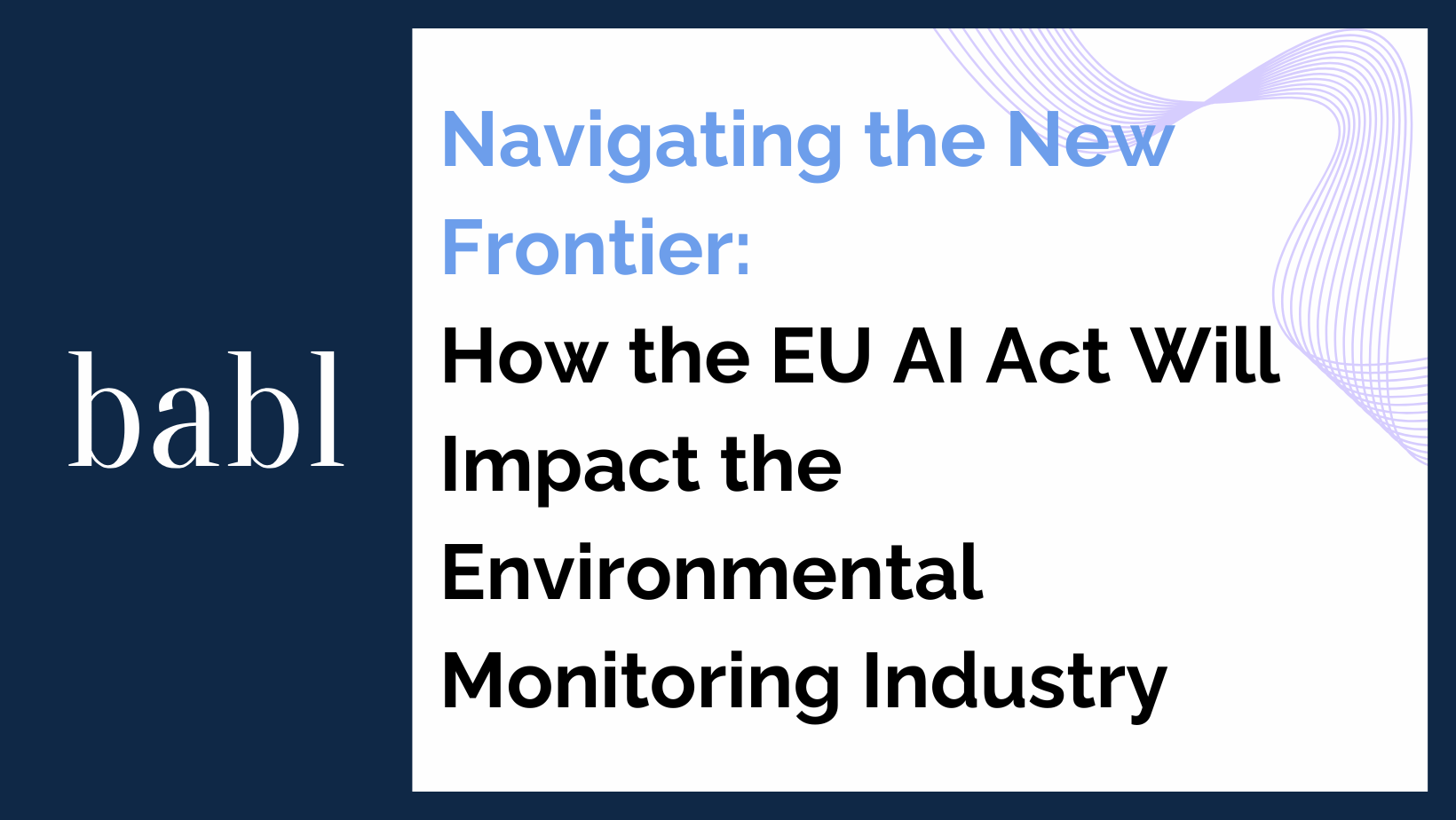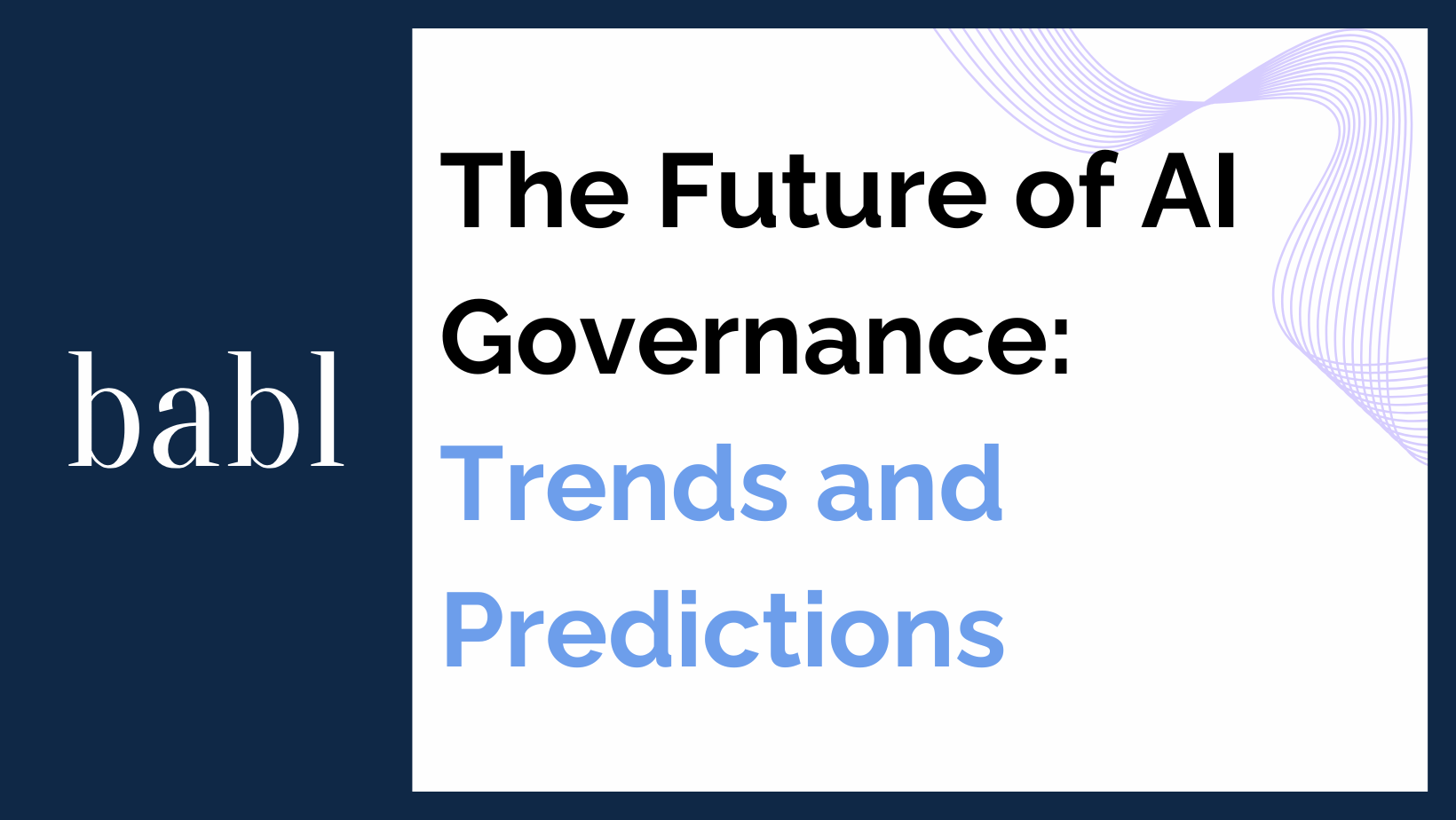Considerations for Holistic Risk Assessment in AI Systems and the Role of User Experience in Auditing
As artificial intelligence becomes more embedded in society, the need for comprehensive risk assessment and user-focused auditing grows more urgent. Organizations must ensure that AI systems are deployed ethically, safely, and responsibly. One key strategy is the use of holistic risk assessments—which go beyond cybersecurity and technical issues to include social, ethical, and user experience (UX) considerations.
Why Traditional Risk Assessments Fall Short
Conventional assessments often center on system vulnerabilities or cyber threats. While these are important, they overlook how AI interacts with people and the societies in which it’s used. A holistic approach addresses that gap.
By evaluating AI within its full socio-technical context, organizations can detect risks that emerge from human-machine interactions. This includes understanding how algorithms make decisions, how those decisions affect real people, and whether the system aligns with societal values like fairness, transparency, and accountability.
The Role of UX in AI Risk and Auditing
User experience plays a major role in whether AI systems succeed or cause harm. This includes how intuitive and accessible the interface is, how clearly AI outputs are presented, and whether users understand the system well enough to make informed decisions.
During audits, it’s essential to evaluate how users interact with, understand, and trust AI tools. Poor design can lead to user error, confusion, or blind reliance on AI recommendations—all of which are avoidable risks.
Psychology and Human-Centered Design
Auditors should also apply insights from behavioral psychology. People bring biases, habits, and preferences into every interaction with technology. By considering these human factors, organizations can create AI interfaces that promote informed use and avoid reinforcing harmful patterns.
For example, if a system’s suggestions appear overly authoritative, users may trust it blindly—even when it’s wrong. Auditing with these dynamics in mind helps ensure AI supports, rather than undermines, human judgment.
Conclusion
Effective AI risk management demands a broad view. Holistic risk assessments combined with UX-focused auditing create stronger, safer systems. When organizations factor in ethics, usability, and user trust—alongside technical performance—they set a foundation for AI that aligns with public expectations and real-world impact.
Need Help?
If you’re seeking clarity on risk assessments, BABL AI‘s team of audit experts is ready to provide assistance. They are ready to answer your questions and concerns while providing valuable insights.





